Did You Know…? Greenland’s glaciers produce 10,000 to 40,000 icebergs each year, dumping 125 cubic miles of ice into the sea.
Good afternoon!
Today we began by having students work on a second draft of their paragraphs from last week. Yesterday students used an editing checklist to edit their own work. They were asked to check that they:
- had reread the paragraph looking for mistakes
- had used a capital letter at the beginning of each sentence
- had used correct end punctuation
- had indented the first line of their paragraph
- that their writing was neat and well-spaced
Today students rewrote their paragraphs, making the appropriate changes based on their editing from yesterday. Tonight I will be editing student work using the same checklist. Tomorrow, students will then use the edited version of their second draft (with my feedback) to publish their paragraphs for our publishing board. Stay tuned!
In Math today, we reviewed how students could use base-10 blocks to help divide 3-digit by 1-digit division questions. Check out the example below:
First we estimated the question, using our estimating strategies from last week. Then, we use base-10 blocks to model the question. Students build 410 (4 hundreds, 1 ten). They then divide the blocks into 4 groups. 4 hundreds divided among four groups means that each group will contain 1 hundred. 1 tens rod cannot be divided equally among four groups. So… we take it to the bank and exchange it for 10 ones cubes. 10 ones cubes divided among four groups means that each group will contain 2 ones, with 2 remaining. So… 410 divided by 4 is 102 r2. Our estimate was about 100, so our answer is reasonable and we can move on to the next question. Tonight, students have been asked to teach this strategy to someone at home. Remember, you can use this video to help:
Students also spent time today finishing an Art project that we started last week. We looked at the ornate style of Kente cloth from Ghana and other areas of Africa:
We discussed what some of the colours symbolized:
- black—strong spiritual energy
- blue—love, fortune, peacefulness, harmony
- green—plants, harvesting, growth, good health
- gold—royalty, wealth, high status, purity
- grey—healing and cleansing rituals; associated with ash
- maroon/purple— mother earth; associated with healing and protection
- pink—female essence of life; mild, gentle, tender
- red—strong political moods; bloodshed; death
- silver—serenity, purity, joy; associated with the moon
- white—purification, healing; festive occasions
- yellow—preciousness, beauty, holiness
Then students did some paper weaving (instead of cloth weaving) to make their own unique cloths. The finished cloths are on display at Family Literacy Night tonight (from 6:00-7:00 pm). Didn’t get a chance to finish in class today? Don’t worry, we are going to put them back up for the upcoming Multicultural Dinner Theater!
Agenda:
Read 20 minutes
Language Arts:
- Biography Poems – due Thursday!
Math:
- Practice multiplication (master 1′s, 5′s, 10′s, 9′s)
- Math Help – Wednesdays from 3:00-4:00 pm
- Teach a strategy – base ten blocks
Science:
- Bring logbooks Thursday to questions and hypothesis
- Classroom Science Fair – March 3rd
- School Science Fair – March 6th
Book Orders – due Thursday
Recorders – MUST HAVE FOR THURSDAY
Family Literacy Night – tonight from 6:00-7:00 pm (Reading Around the World)
Basketball Forms – due ASAP
Robotics Club – will start in February, stay tuned! (Will be Mondays from 3:00-4:00 pm)
Multicultural Dinner Theater – February 19th (See email for ticket information)
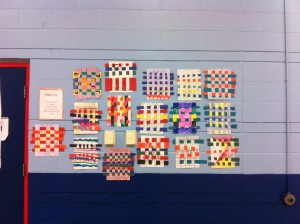
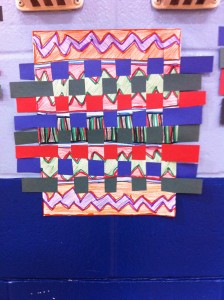
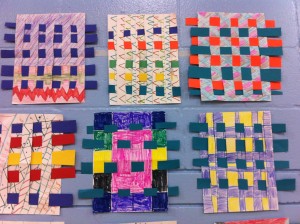

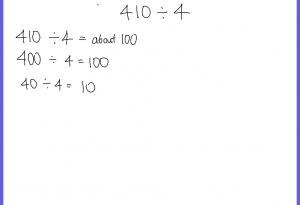
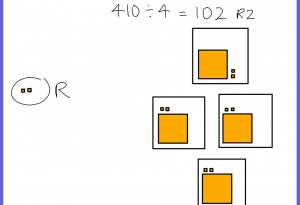
when will we get the Robotics Club forms
and is it ok to walk home or somebody has to pick u up
Robotics forms went home today, January 28th. You can walk home after Robotics, but you will need to have your parents indicate this on your form so that the school knows that you have permission to leave on your own after hours.